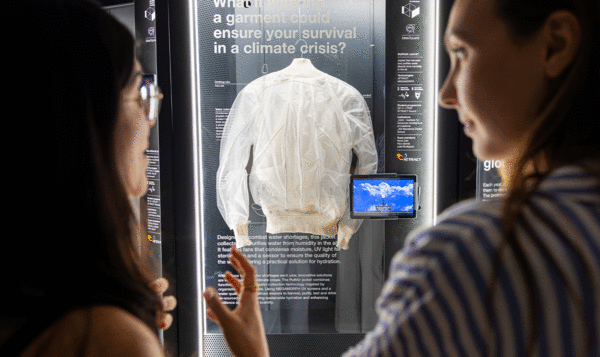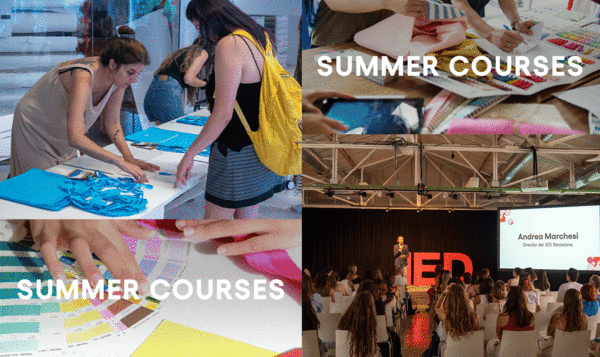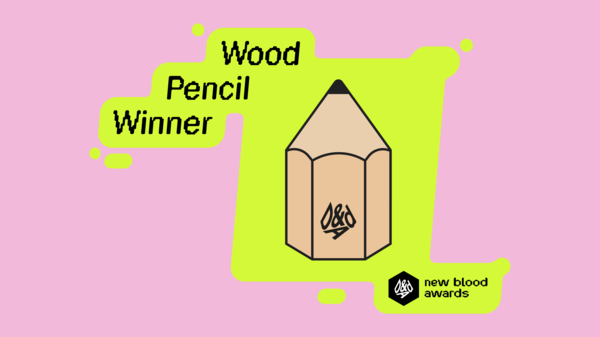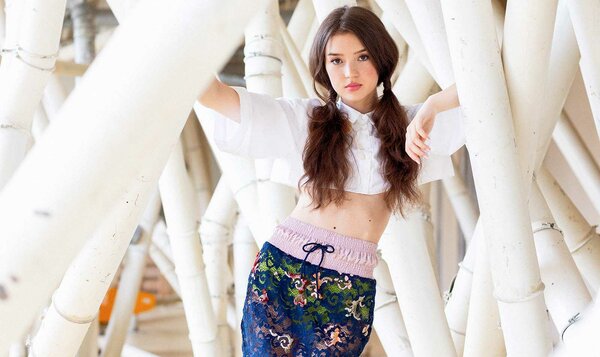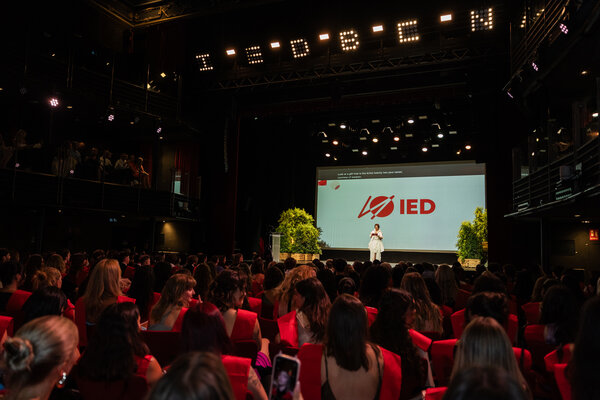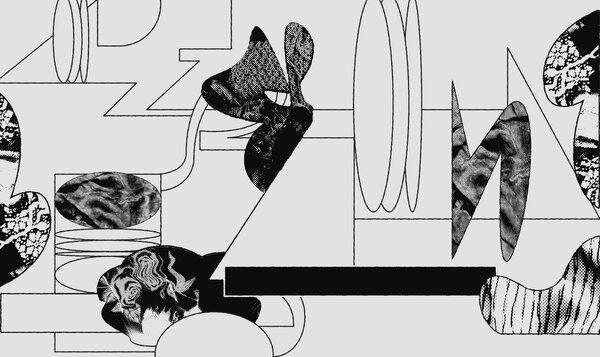Slow fashion offers a sustainable response to the challenges facing the fashion industry.

Slow Fashion: Sustainable Style in Step with the Environment
Date
20 March 2025
It’s not just a passing trend—it’s a necessity. Consider this: 25% of garments produced worldwide go unsold, and every second, a truckload of clothing is either incinerated or sent to landfill. Textile production is responsible for approximately 20% of global drinking water pollution.
In this context, slow fashion seeks to reduce environmental impact across the entire production chain—from design to distribution—through the use of eco-friendly materials, waste reduction, ethical manufacturing, and more responsible consumption.
While awareness of the issue is growing, there is still a long road ahead. Professionals in this field will be increasingly in demand to address an urgent challenge that can no longer be ignored.
The concept of slow fashion
Slow fashion is founded on principles that stand in contrast to fast fashion. It prioritises quality over quantity, focusing on garments designed to last, made with natural and/or durable materials and crafted using careful production techniques.
Fast fashion, on the other hand, is dominated by synthetic fibres like polyester and polyamide for one simple reason: they are cheap to produce. But these materials can be harmful to the skin (traces of heavy metals such as chromium, nickel, and mercury are not uncommon) and are responsible for millions of tonnes of microplastics in our oceans.
Slow fashion collections are fewer and more intentional, in contrast to the relentless cycle of micro-trends typical of fast fashion. Garments are designed to be worn and appreciated over time, rather than replaced after just a few wears.
Brands embracing slow fashion are also committed to ethical and transparent supply chains. From the sourcing of raw materials to fair pay and safe working conditions for labourers, and even waste management—every step is carefully monitored and optimised to reduce environmental impact and uphold human rights.
A prime example of this approach is Patagonia, a brand known for its commitment to sustainability and ethics. It uses recycled and organic materials in its garments and offers repair services to extend product lifespan. The company also actively supports environmental causes, dedicating part of its profits to conservation and sustainability projects. Patagonia proves that economic success can go hand-in-hand with social responsibility, offering consumers quality products that respect both people and the planet.
Circular economy and sustainable fashion
The circular economy in fashion is based on the principles of reuse and recycling, creating a system where nothing is wasted.
For businesses, adopting a circular model may include:
- Designing sustainably: Creating garments that are easy to repair, recycle, and made with long-lasting materials.
- Using recycled materials: Opting for fabrics that come from recycled sources or are biodegradable.
- Introducing in-store take-back and reuse schemes: Making it easier for customers to recycle or return used items, turning waste into new resources.
- Implementing efficient production processes: Reducing waste and resource use during manufacturing.
- Developing circular fashion initiatives: Launching services like rental, repair, or second-hand platforms to extend the life cycle of products.
By adopting these practices, businesses not only contribute to a more sustainable future but can also gain a competitive edge, enhancing their reputation and meeting growing consumer expectations around environmental responsibility.
Environmental and social impact of fashion
Traditional fashion has a significant environmental and social footprint, contributing to overconsumption of natural resources, pollution, and unethical labour practices. In contrast, slow fashion offers a more sustainable and responsible model, addressing several key issues:
- Optimising natural resource use: Sustainable fashion promotes the use of green materials and production techniques that reduce water and resource consumption, such as organic cotton and low-impact dyeing.
- Protecting the environment: It encourages the use of natural dyes and eco-friendly finishing processes, and promotes fibres that do not release harmful microfibres during washing.
- Reducing greenhouse gas emissions: By supporting local production and renewable energy, slow fashion reduces emissions associated with long supply chains and frequent returns.
- Sustainable waste management: Producing high-quality, long-lasting garments lowers the need for frequent replacement, while also encouraging recycling and reuse to cut down on textile waste.
- Ethical working conditions: It ensures fair wages and safe conditions for workers, tackling exploitation and improving the lives of those involved in garment production.
Sustainable innovation and the future of fashion
The fashion industry is undergoing a transformation, driven by emerging trends in sustainability.
A key development is the adoption of blockchain-based traceability systems, which ensure a more transparent and accountable supply chain. These technologies allow consumers to trace the origin of materials and production processes, fostering greater trust and awareness.
The rise of experiential marketing in virtual spaces is also reshaping how fashion brands interact with audiences. Through immersive experiences like virtual runway shows and interactive showrooms, brands can engage consumers in new and exciting ways, offering digital spaces to explore collections and products.
Another crucial area is the exploration of alternative materials. Research and innovation are leading to the development of fabrics that generate less waste during production and are durable, biodegradable, recyclable, regenerative, and reusable.
Career opportunities in slow fashion
Slow fashion is a necessary revolution in the industry, fuelled by growing consumer awareness and the urgent need to adopt more sustainable practices. For those interested in a career in this evolving sector, IED offers specialised courses that equip students with the skills needed to lead change in the world of sustainable fashion—whether in communication and management, or design and styling.
For instance, the Second-Level Academic Diploma in Milan focuses on design skills for creating responsible fashion collections, integrating sustainability and innovation into the creative process. The Master in Fashion Design in Rome prepares the next generation of Fashion Designers, offering a strong design methodology while exploring innovative materials and circular practices. For those seeking concentrated, targeted, and immersive training, options are also available abroad, in Bilbao and Barcelona.

